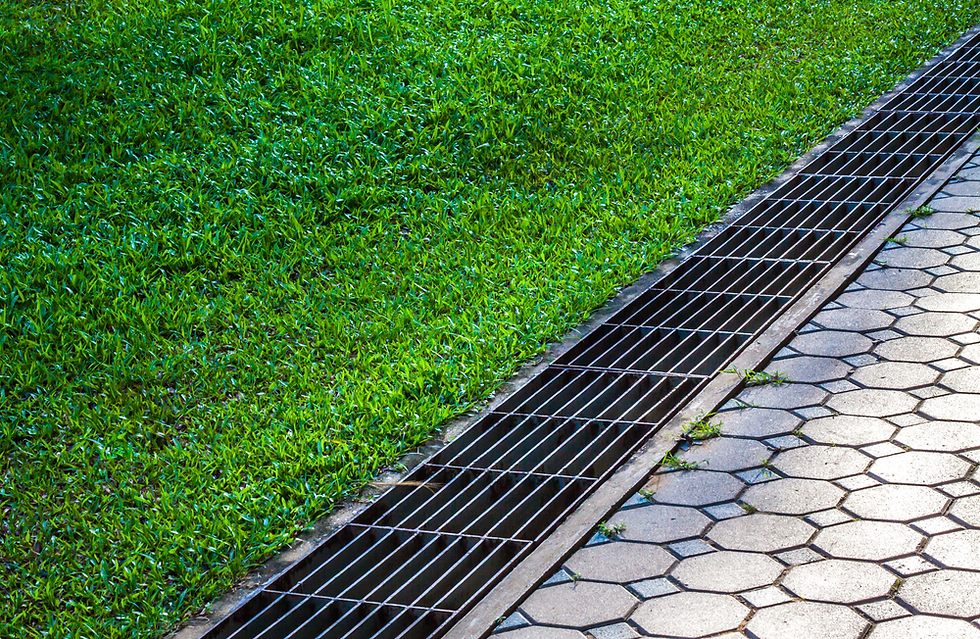Ways to Apply Venetian Polished Plaster Right Now
- Mark Simon
- Apr 23, 2018
- 3 min read
Some finished forms of plasters are mostly defined as polished plaster. It is for describing updated and new plaster forms of the traditional Italian ones, which were widely popular among the masses. This term is specified to cover various types of decorative plasters like Venetian Polished Plaster with high polish, Marmorino and more. The polished plaster is mostly manufactured using marble dust, slaked lime, marble chips and more. It helps in presenting a distinct look to your place. Moreover, the lime based plaster will have more than 40% of marble based powder over here.
More Information on Venetian Plaster:
As mentioned already, Venetian Polished Plaster forms a major part of the polished plaster. It is primarily defied as ceiling and wall finish, which comprises of plaster as mixed with some amount of marble dust to it. It is then applied on said areas using a trowel or spatula in multiple thin layers. Some of the techniques used in this field of Venetian plaster have to be scagliola, marmorino and even sgraffito. You can use this plaster to decorate your interior walls, ceiling and floors. If you have low budget then you can go for this option because installing marble or other stones are expensive, and you can easily get the same look by Venetian polished plaster.
If you can apply this properly, then the Venetian plaster polish can often lead to rock hard and marble like texture. It is primarily used on surfaces where these panels can be installed easily. It is perfect for those surfaces, which are otherwise expensive, like corbels, carved columns from real marbles, and curved walls and more. You have the liberty to actually tint the plaster or even color it using some synthetic or natural colorants.
Ways to Apply the Venetian Polished Plaster:
The description clearly portrays the importance of Venetian Polished Plaster. Now, you have to know more about the ways to apply it, using some simple steps over here.
For the first step, you have to ensure that your surface to apply the Venetian plaster needs to be flat and smooth. It should not have any form of abrasion. In case, you are planning to use this plaster on gypsum wall, then you might have to use fine filler for repairing the sand and blemishes when asked for.
You have to prime wall to prepare a base for the plaster. You can leave this primer for 8 hours to dry it completely and then get started to apply coat.
For application of the stucco, you might have to use a mirrored trowel. For the first form of dry first coat, you need to use light sand with the help of high graded paper.
After that you need to apply second stucco level in the same way like the first one. Next, you need to de-crud surface and leave the wall to dry out completely for a minimum of eight hours.
Use light techniques to sand the entire surface. After that, repeat another coat of stucco. Then for Venetian Polished Plaster, you need to start working with the trowel in random directions. For the last step, you just have to protect finished surface with a lacquer or the wax.
Before you start off with your Venetian Polished Plaster, make sure to get all the proper tools handy. The best thing about this service is that you don’t have to bother buy a lot of tools to use and get this work done. You will just need a drywall knife or steel trowel, grit sandpaper and the chosen Venetian plaster in use.




.png)





Comments